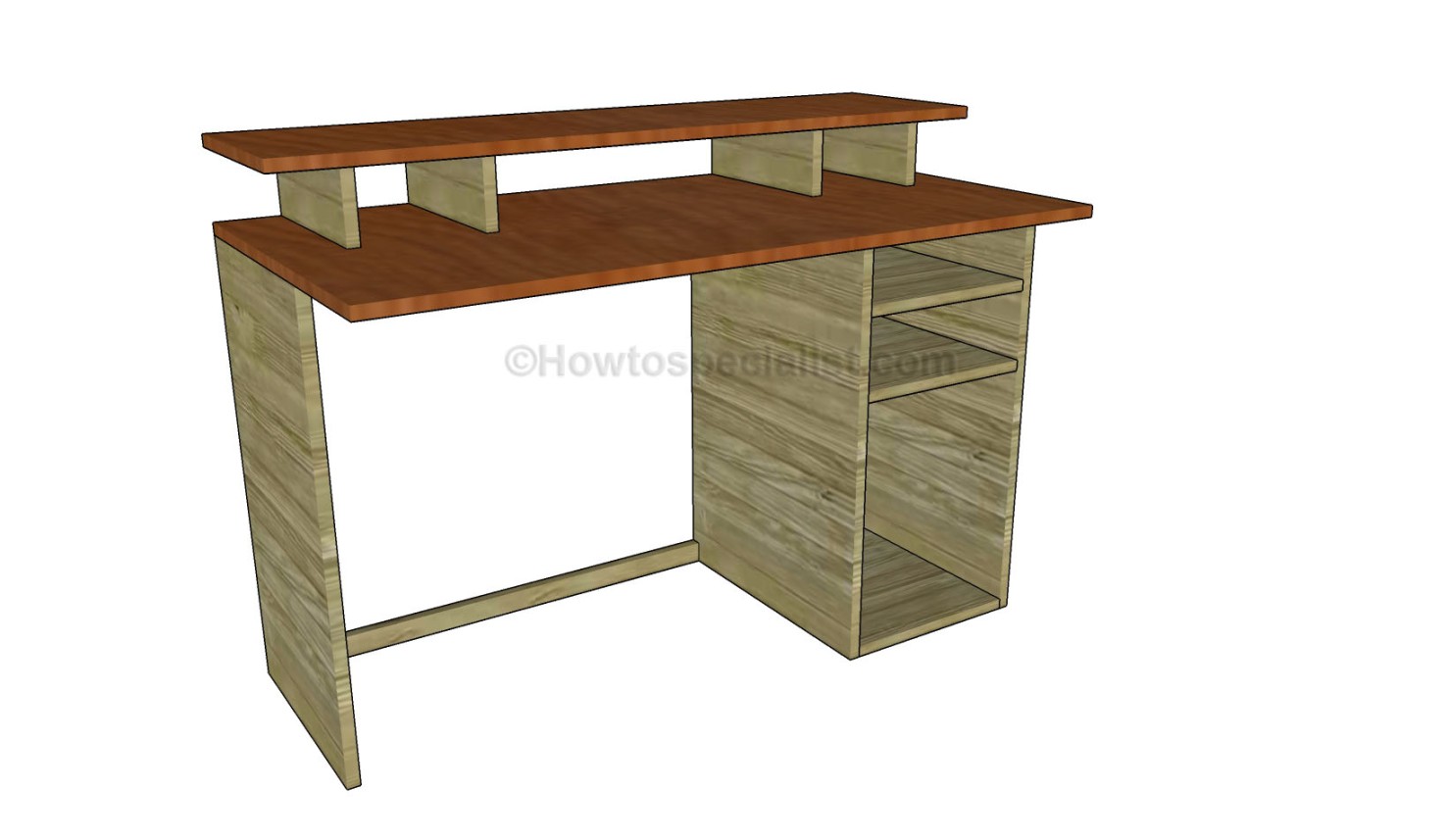In today’s technology-driven world, a functional and ergonomic computer desk is an essential piece of furniture for both work and leisure. While there’s a vast array of ready-made options available, building your own computer desk using woodworking plans offers a unique opportunity to personalize your workspace and save money.

- 1. Design Inspiration and Planning
Before diving into the woodworking process, take some time to envision the ideal computer desk for your needs. Consider your space constraints, the type of work you’ll be doing, and your personal style preferences. Online resources and woodworking magazines are a treasure trove of design inspiration, providing a variety of styles and dimensions to suit different tastes.
- 2. Selecting the Right Materials
The choice of wood for your computer desk will significantly impact its aesthetic and durability. Popular options include plywood, MDF, and hardwoods like oak or maple. Plywood is a versatile choice for beginners due to its ease of working with, while MDF offers a smooth finish and is moisture-resistant. Hardwoods, though more expensive, provide a classic look and exceptional strength.
- 3. Gathering Tools and Essential Supplies
Building a computer desk requires a basic set of woodworking tools, including a saw, drill, screwdriver, measuring tape, and level. Additionally, ensure you have a well-lit workspace and access to safety equipment like goggles, gloves, and a dust mask.
- 4. Following Detailed Plans and Assembly
With your design finalized and materials gathered, it’s time to bring your computer desk to life. Carefully review and follow the woodworking plans, which will provide step-by-step instructions for cutting, assembling, and finishing your creation.
- 5. Ensuring Ergonomics and Stability
A well-designed computer desk should prioritize ergonomics to promote comfort and prevent strain. Ensure the desk height is appropriate for your seated posture, allowing for proper wrist alignment and leg clearance. Additionally, consider incorporating features like adjustable keyboard trays and ergonomic mouse pads for optimal comfort.
- 6. Finishing Touches and Personalization
Once the basic structure of your computer desk is assembled, it’s time to add the finishing touches. Sanding the wood smooth will enhance the aesthetics, and applying a protective finish like polyurethane or varnish will protect it from scratches and stains.
- 7. A Showcase of Craftsmanship and Customization
Building your own computer desk is a rewarding endeavor that allows you to express your creativity and individuality. From choosing the perfect wood species to incorporating innovative storage solutions, you can create a workspace that reflects your style and enhances your productivity. Embrace the process, enjoy the satisfaction of a job well done, and revel in the unique ambiance of your handcrafted computer desk.

